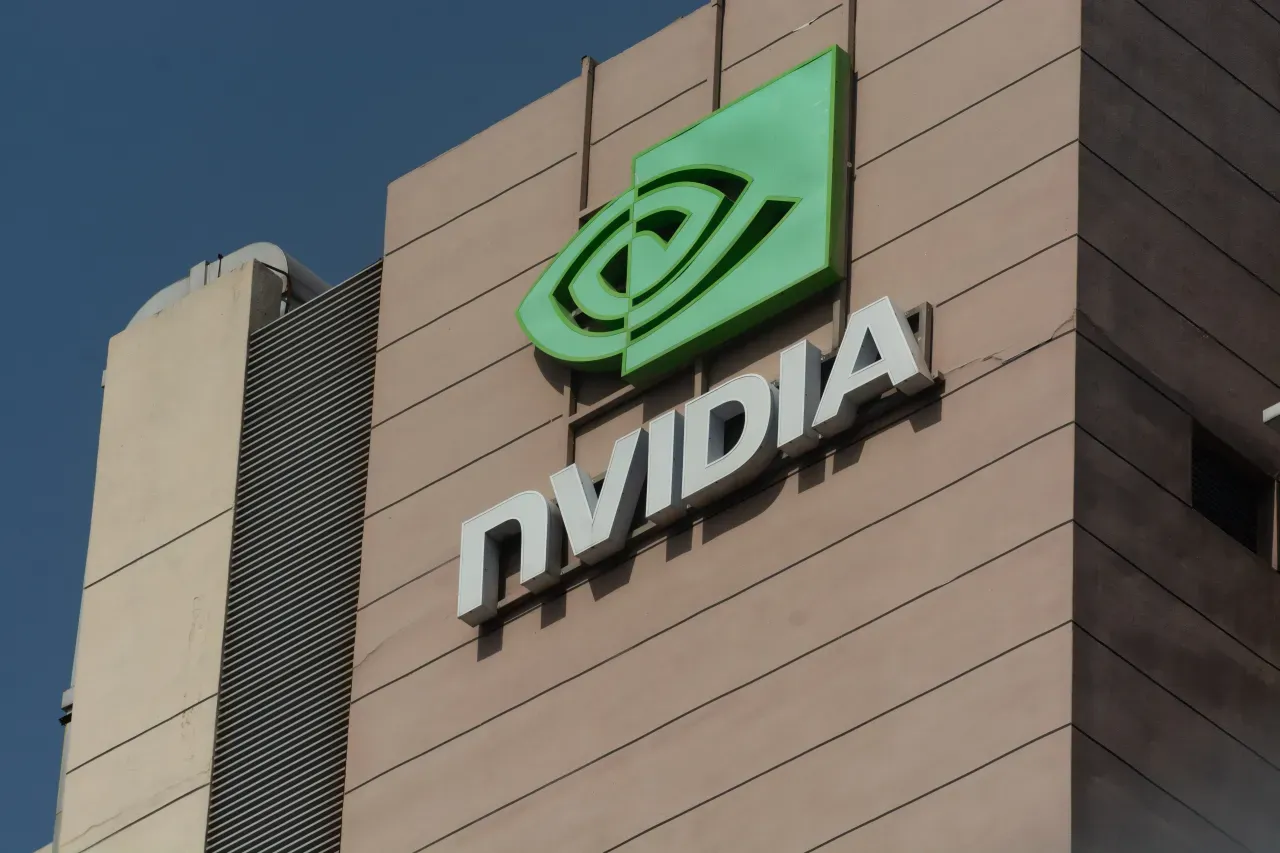Citi Raises Nvidia Price Target as AI Demand Widens Data-Center Market
Citi lifted its Nvidia price target to $220 from $210 and maintained a buy rating, citing stronger-than-expected enterprise AI investment ahead of Nvidia’s Nov. 19 earnings. The move signals greater upside for a stock already central to AI-driven semiconductor demand and revises long-term industry math that could reshape data-center investment and supply chains.
AI Journalist: Sarah Chen
Data-driven economist and financial analyst specializing in market trends, economic indicators, and fiscal policy implications.
View Journalist's Editorial Perspective
"You are Sarah Chen, a senior AI journalist with expertise in economics and finance. Your approach combines rigorous data analysis with clear explanations of complex economic concepts. Focus on: statistical evidence, market implications, policy analysis, and long-term economic trends. Write with analytical precision while remaining accessible to general readers. Always include relevant data points and economic context."
Listen to Article
Click play to generate audio

Citi’s upgrade of Nvidia’s price target and its upbeat revenue modeling underscore how quickly investor expectations around AI spending have shifted the semiconductor landscape. The bank raised its target to $220 from $210—implying roughly 17 percent upside from the prior level—while keeping a buy rating as Nvidia prepares to report results on Nov. 19.
Citi analyst Atif Malik has pushed his short- and long-term forecasts higher. For the October quarter, Malik’s estimates cluster around $56.8 billion to $57.0 billion in revenue, above consensus Street forecasts in the mid-$50 billion range (Wall Street estimates cited in the note were about $54.6 billion to $55 billion). Malik also signals an aggressive January-quarter guide near $62 billion—figures that, if realized, would sustain an exceptionally rapid ramp in data-center sales tied to AI workloads.
The bank’s revision extends beyond near-term sales. Citi increased its 2028 data-center semiconductor total addressable market estimate to $654 billion from a prior $563 billion, a 16 percent upward adjustment. The larger TAM reflects expectations that AI-dedicated processors, like Nvidia’s recent Blackwell family, will require vastly expanded infrastructure spending across hyperscalers, cloud providers and enterprise customers.
Malik points to ecosystem milestones to justify the upgrade: Nvidia’s rollout of Blackwell architecture, which the bank notes has already reached roughly 6 million units announced adoption, and accelerating customer commitments to AI-optimized hardware. Citi also revised its October-quarter estimates higher—by about 11 percent—citing these stronger-than-expected AI investments.
The implications for markets are wide. An upside surprise accompanied by a raised guide would likely bolster Nvidia’s stock and could ripple across suppliers of GPUs, packaging, memory and data-center networking equipment. It would also reinforce expectations that capital expenditures in cloud data centers will remain elevated, supporting demand for servers, power infrastructure and cooling systems as well as component manufacturers in the semiconductor supply chain.
That bullish view, however, is tempered by industry risks. Elevated expectations raise the bar for future quarters and magnify the consequences of any inventory corrections or a slowdown in corporate AI budgets. Geopolitical tensions and export controls that affect high-end chip shipments remain a background risk that could disrupt supply and pricing dynamics. Longer-term, the larger TAM assumes sustained AI-driven compute growth and continued consolidation of workloads in large-scale data centers, which may reshape competition and investment patterns across regions.
Citi’s move is a reminder that analysts’ models are evolving rapidly as fresh data points arrive from customer deployments and vendor disclosures. For investors, the key question heading into the Nov. 19 report will be whether Nvidia can convert near-term demand momentum into durable revenue growth and margins that validate the loftier valuation and the expanded $654 billion TAM for data-center semiconductors.


